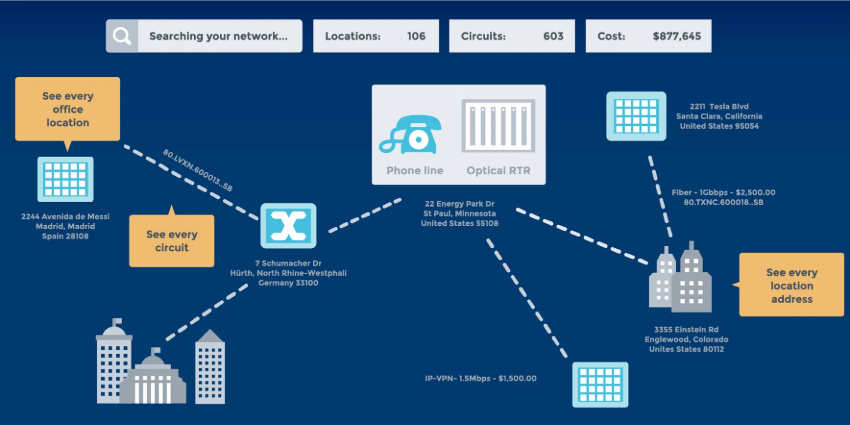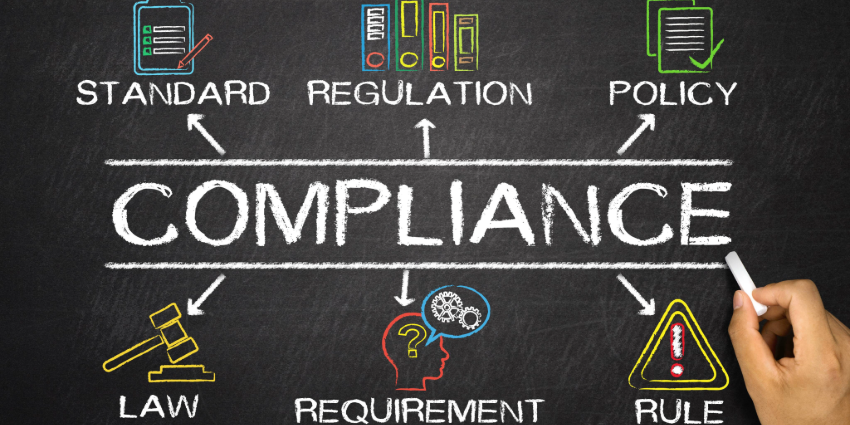Application Programming Interfaces (APIs) are changing the way companies do business. They make IT systems more responsive and adaptable, streamlining how companies interact with their customers to deliver more immediate and personalised experiences. According to Forrester, companies are expected to spend $3 billion on API management by 2020.
For a view into how APIs work in practice, we spoke to Tony Martino, CEO of Tollring, about how his customers are using and benefiting from APIs.
iCall Suite Analytics
Tollring specialises in analytics that gives businesses greater insight into how calls and customer interactions are being managed and delivered at a company, branch or individual level. A few years back, APIs became a major focus for Tollring when its partners and end users started asking the company to overlay additional data into its iCall Suite analytics software.
As Tony explains, “We decided to turn the situation on its head. Rather than add data into our products, we developed APIs that allow our customers to extract the data from our systems.”
“The APIs deliver a really clean way for customers to access our information which they can then embed into their other data platforms to achieve a more holistic view of their world of information”
Tollring has created APIs across its complete portfolio of products. There are now key metrics that can be drawn from an analytics perspective, a call recording perspective and even a fraud management perspective. This means that end customers, resellers and service providers have much more flexibility in how they use the software, and how they get value from it.
Service Provider Flexibility
For service providers, Tollring is using APIs to overcome two key challenges – helping to streamline the provisioning of its products and the billing for those services.
“Service providers need to on-board customers taking our products as easily and seamlessly as possible within their own portals,” says Tony. “What they don’t want is a second provisioning portal from us. We therefore built an extensive list of APIs around licensing so customers wishing to purchase a product can simply tick a box and we unlock the various elements within the licensing engine. This includes all the messaging around the provisioning piece such as emails and passwords, all via the providers’ single process.”
A robust billing capability was the second requirement, allowing partners to incorporate Tollring’s licensing costs within their own tariffing and billing processes. Again, APIs are used for this as well.
Tony reports that his service provider partners have since taken this a step further and are using Tollring’s analytics to understand levels of usage across their own licensing products, not just those provided by Tollring.
“The APIs have been extended to draw additional KPI data about all the licenses that customers are consuming. Within our premier products, we can see how many call centre agents a customer has purchased. The knock-on effect is that the service provider can now see all the additional features they are delivering to that end customer around the call centre agent.”
At the other end of the scale, end customers subscribing to CRM applications such as SalesForce and Microsoft Dynamics, wanted to overlay Tollring’s call analytics to further support sales and support staff.
“We’ve created APIs that take information from our analytics portal and embed it into these CRM products,” continues Tony. “Using real examples of how others have extracted data into their CRMs alongside easy to use code, companies can work in a self-service environment to take the information out of our products and digest it easily, in context, and within their own applications.”
As an example, Tony references how companies take call queuing metrics for use on their websites. Customers waiting for their call to be answered can be directed by an automated message to the company’s webpage to see a real-time indicator of how long it will be until their call is answered. The customer can then determine if they’re happy to wait, engage in an online chat or perhaps send an email.
Enhanced Customer Experience
Tollring’s APIs also cover call recordings which can be incorporated within a CRM to deliver far richer content around the customer experience.
Tony explains, “When a call centre agent receives a call, they automatically get customer’s details via the CRM. This can include information about their previous calls, together with the call recordings as well as summaries on whether the discussions were happy or not so happy. Using this history, the agent has a greater insight into the caller and can deliver a far more rounded and stronger customer experience.”
The APIs are also being used to overlay information into personalised dashboards to help organisations gain a better understanding of their end customers.
Tony describes a customer that runs a pizza delivery service. “They have created a live wallboard display with information from their CRM, alongside details on each caller’s location. The display also includes a weather application to help manage staff numbers and travel times. By overlaying all these sources of information, the pizza firm can more accurately predict what the day is going to look like and can set expectations on service levels around how they might be affected, adversely or otherwise.”
As Tony concludes:
“The key to delivering excellent customer service is all about blending information, and APIs are vital in achieving this”







